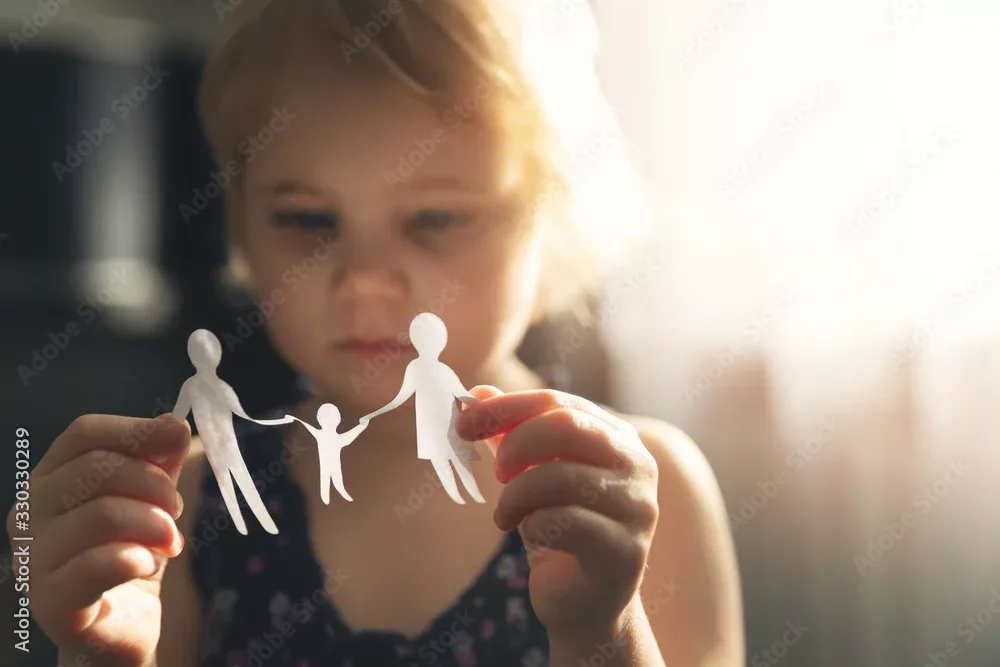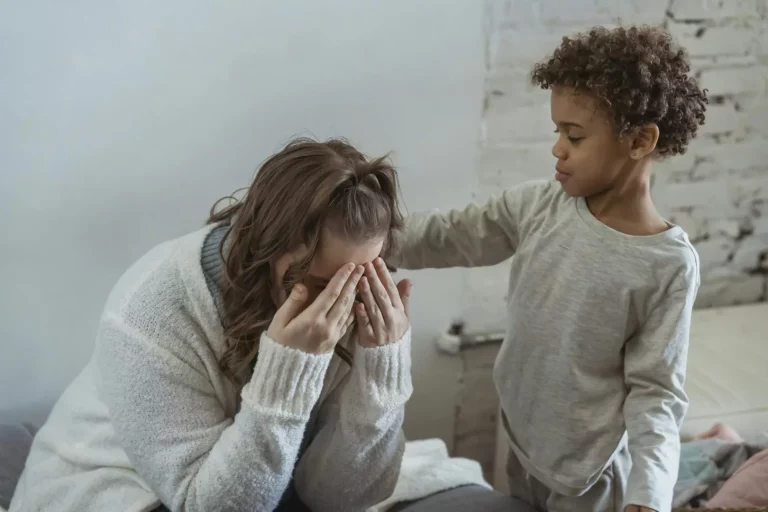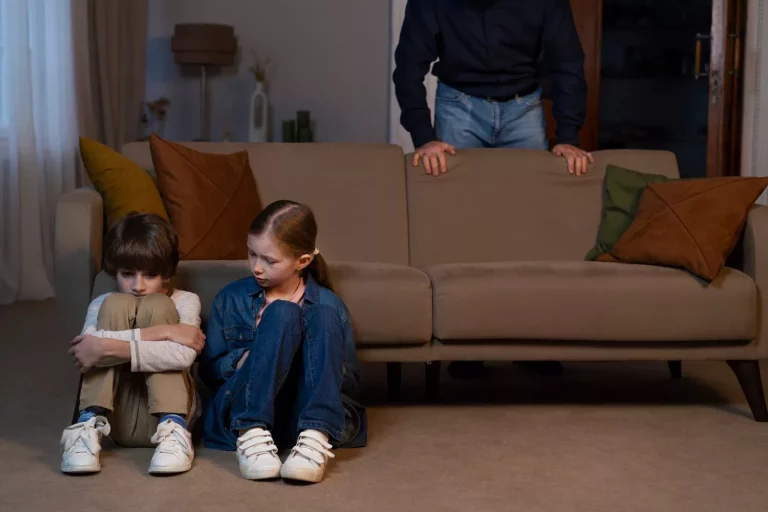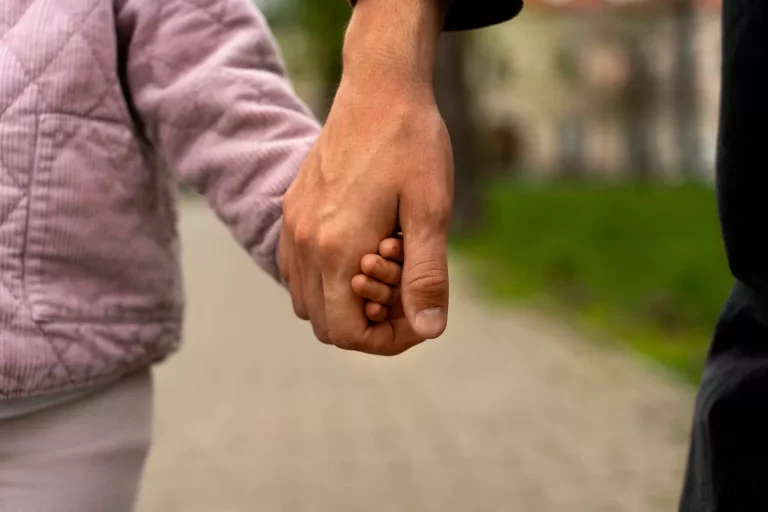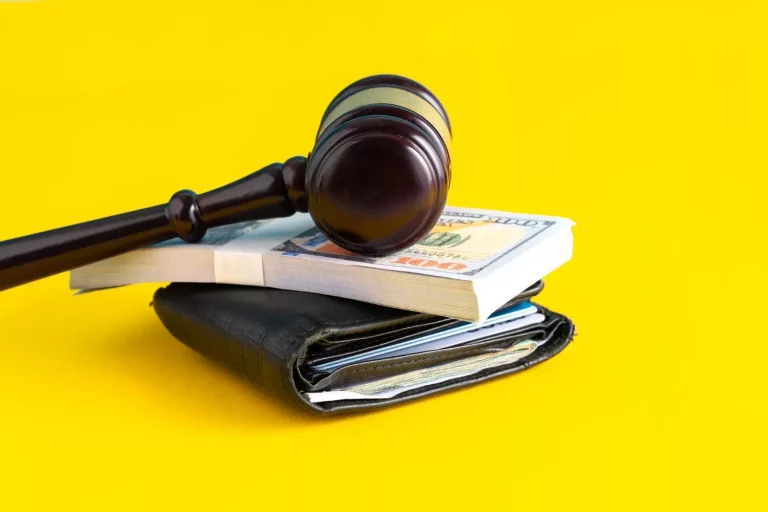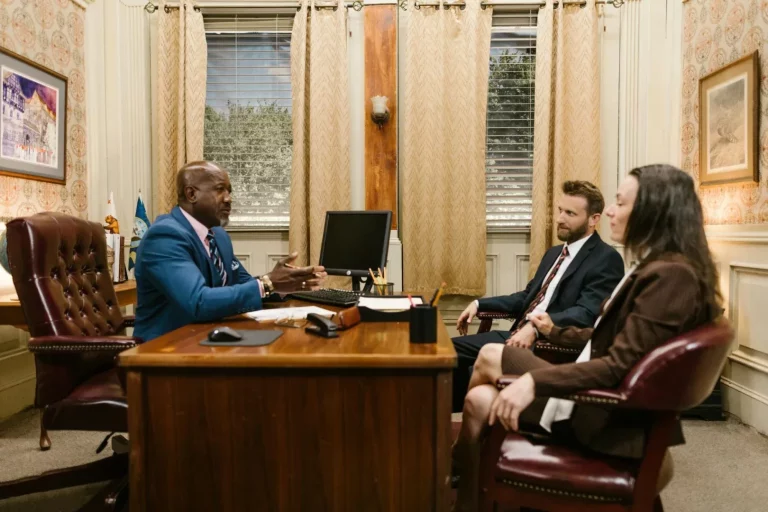Types of Child Custody: A Comprehensive Guide
Have you ever wondered about the different types of child custody arrangements? At TheBostonDivorceLawyer, we specialize in helping families navigate through the complexities of custody agreements. In this article, we will break down the various types of child custody to help you better understand your options.
From the point of view of legal documents, types of child custody include physical custody, legal custody, and joint custody.
Physical custody refers to where the child will live, legal custody involves decision-making authority, and joint custody allows both parents to share responsibilities.
Definition
There are different types of child custody that the court can decide on.
- Physical Custody: This determines where the child will live daily. It can be given to either one parent (sole physical custody) or shared between both parents (joint physical custody).
- Legal Custody: This allows one or both parents to make important decisions about the child’s life, like education, healthcare, and religion. Legal custody can also be either sole or joint.
- Visitation or Parenting Time: This sets up a schedule for the parent who doesn’t have physical custody to spend time with the child. My point is, it can include weekends, holidays, vacations, or other agreed times. If there are concerns about the child’s safety, the court may order supervised visits to ensure the child’s well-being during these times.
- Temporary Custody: Sometimes the court gives one parent temporary custody until a final decision is made. This can happen during divorce proceedings or when there are safety concerns for the child.
The main goal of child custody arrangements is to make sure the child’s best interests are met, providing them with stability and well-being during family changes.
Sole Custody
In this setup, the child lives mostly with the parent who has sole custody. The other parent can still visit but doesn’t get to make major decisions about the child’s upbringing.
Sole custody is usually given when one parent isn’t fit to care for the child. This can be due to problems like substance abuse, neglect, or domestic violence. Sometimes it’s given if one parent is clearly a better caregiver or if the other parent gives up their rights willingly.
Sole custody is different from joint custody. In joint custody, both parents make decisions together about the child’s life. For real, joint custody is often preferred because it keeps both parents involved.
Deciding on sole custody can be tough during a divorce or separation because both parents might want to be the main caregiver. It’s important for parents to think about what’s best for the child and work towards an arrangement that benefits the child the most.
The main aim of any custody setup is to meet the child’s needs and help them maintain a relationship with both parents, even if one parent has sole custody. Good communication and cooperation between parents are very important to making decisions that are best for the child.
Joint Custody
Joint custody means that both parents share responsibilities and time with their child. This includes making decisions about the child’s education, healthcare, and overall well-being. In joint custody, the child usually lives with each parent at different times. This setup allows both parents to be involved in important aspects of their child’s life. Good communication is essential to make sure both parents are working together for the child’s best interests.
There are different types of joint custody, such as joint legal custody and joint physical custody. On a serious note, in joint legal custody, both parents have the right to make decisions about the child’s upbringing, like their religion, schooling, and medical care. In joint physical custody, the child spends a significant amount of time living with both parents. This helps the child maintain strong relationships with both of them.
Joint custody can work well for families who collaborate effectively. It lets both parents stay involved in the child’s life and share responsibilities. However, it can also be challenging to coordinate schedules and maintain consistency between two homes. The aim of joint custody is to create a supportive environment for the child, with both parents actively participating in their upbringing.
Physical Custody
Physical custody refers to where a child lives on a daily basis. In this setup, the child stays mainly with one parent, while the other parent may have set times to visit or spend with the child. Physical custody means taking care of the child’s everyday needs, like providing food, shelter, and supervision.
There are various ways to arrange physical custody, based on what works best for the child and parents. One option is sole physical custody, where the child lives most of the time with one parent and visits the other. Another option is joint physical custody, where the child spends time living with each parent according to a set schedule. So to speak, this way, the child gets to be with both parents regularly.
Sometimes, physical custody can be shared or split in a way that fits the family’s needs. One parent might be the main caregiver, with the other parent having specific visiting times. It’s very important for parents to communicate well and cooperate to ensure the child’s well-being in any physical custody plan.
In short, physical custody decides where the child lives and who looks after them daily. Parents should work together to create a plan that benefits the child and supports a good relationship with both parents.
Legal Custody
In legal custody, a parent has the power to make key decisions about their child’s education, healthcare, and overall well-being. This means they decide where the child goes to school, their medical care, and other important life choices. Legal custody gives the parent a say in major matters affecting the child’s life.
There are two main kinds of legal custody: sole legal custody and joint legal custody. With sole legal custody, one parent alone makes decisions about the child’s upbringing without needing to consult the other parent. This usually happens if the other parent is considered unfit or unable to decide what’s best for the child.
My point is, in joint legal custody, both parents share the responsibility of making decisions about the child’s well-being. This means both parents have equal rights and duties regarding major choices affecting the child. Joint legal custody needs both parents to communicate and cooperate to make decisions in the child’s best interest.
Legal custody is a key part of child custody arrangements as it decides who has the power to make vital decisions about the child’s life. It’s important for parents to know their rights and duties related to legal custody to ensure the child’s best interests are served.
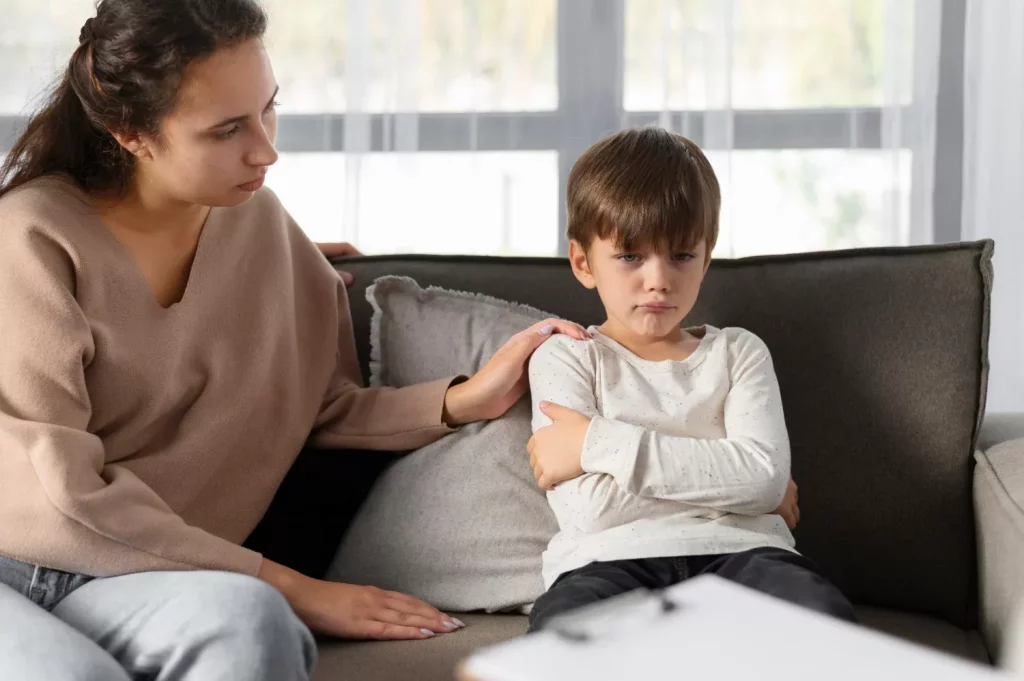
The Final Word
The various types of child custody – including sole, joint, legal, and physical – each play a very important role in determining the living arrangements and decision-making authority for children in situations of divorce or separation.
What TheBostonDivorceLawyers is encouraging to take up is, it is important for parents to understand the differences between these types of custody in order to make the best decisions for the well-being of their children.

